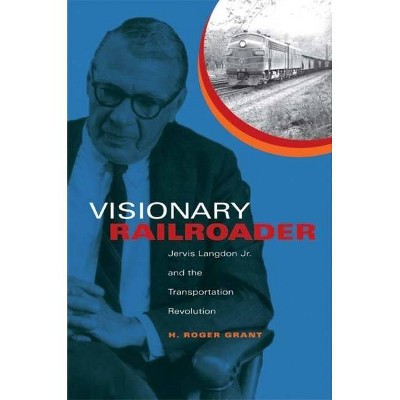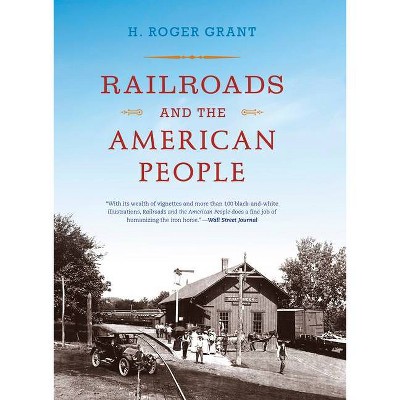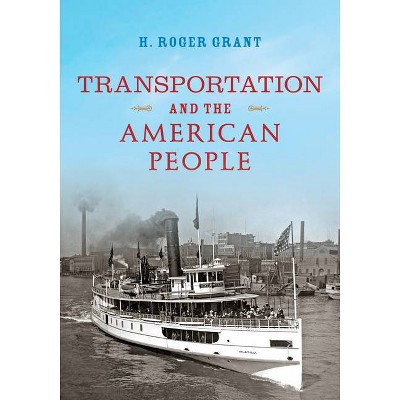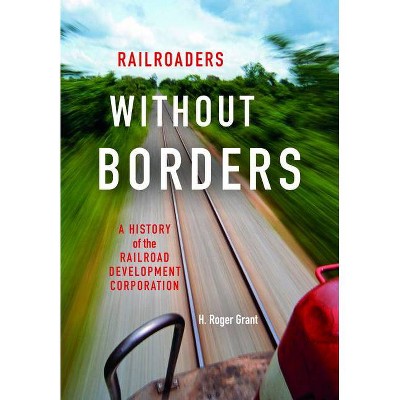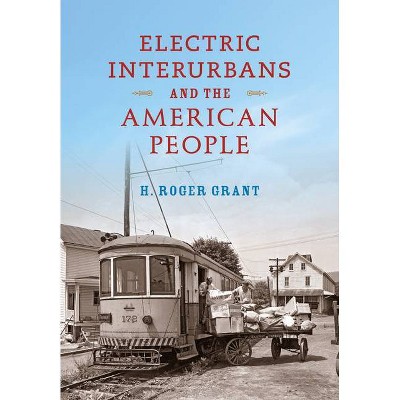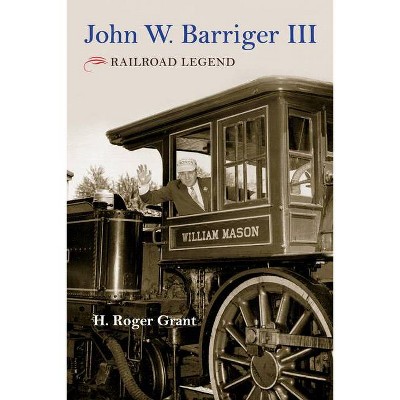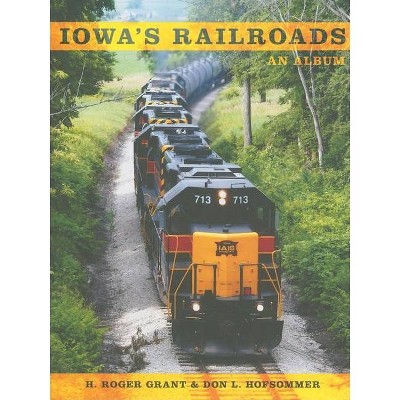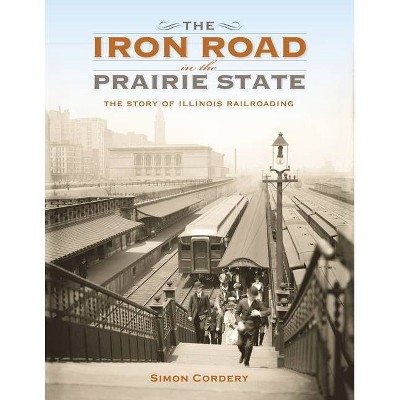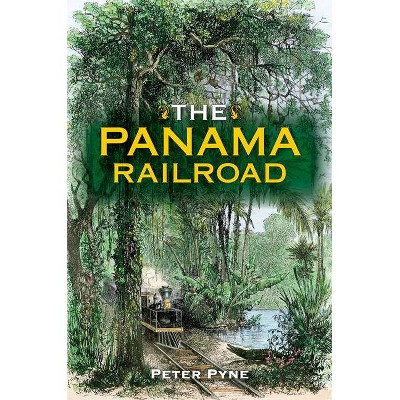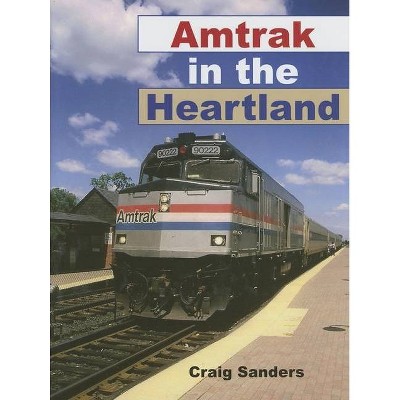The Louisville, Cincinnati & Charleston Rail Road - (Railroads Past and Present) by H Roger Grant (Hardcover)
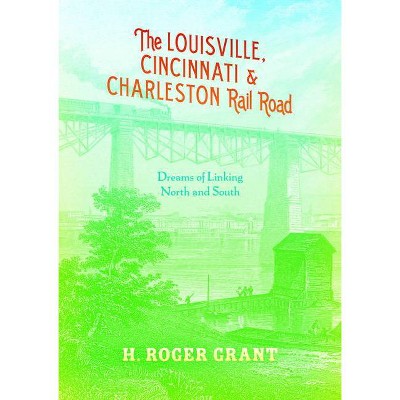
Similar Products
Products of same category from the store
AllProduct info
<p/><br></br><p><b> About the Book </b></p></br></br>Roger Grant tells the incredible story of this singular example of "railroad fever" and the remarkable visionaries whose hopes for connecting North and South would require more than half a century--and one Civil War--to reach fruition.<p/><br></br><p><b> Book Synopsis </b></p></br></br><p>Among the grand antebellum plans to build railroads to interconnect the vast American republic, perhaps none was more ambitious than the Louisville, Cincinnati & Charleston. The route was intended to link the cotton-producing South and the grain and livestock growers of the Old Northwest with traders and markets in the East, creating economic opportunities along its 700-mile length. But then came the Panic of 1837, and the project came to a halt. H. Roger Grant tells the incredible story of this singular example of railroad fever and the remarkable visionaries whose hopes for connecting North and South would require more than half a century--and one Civil War--to reach fruition.</p><p/><br></br><p><b> Review Quotes </b></p></br></br><br><p>H. Roger Grant has written an interesting book about something that did not happen. . . . Grant speculate[s] that a healthy LC & C would have influenced American history, perhaps to the point of changing the trajectory towards war. Railroad enthusiasts will certainly like this book . . . but Civil War scholars should find the last chapter an interesting exercise in Civil War causation. . . . [H]e has written a well-researched book that should make you think about the antebellum South and the coming of the Civil War.</p>-- "Civil War Book Review"<br><br><p>Professor Grant has produced an outstanding work on an important element of American railroad history. Grant has devoted much of his life to the story of America's railroads, and it shows. The book is rich in detail, and he very skillfully places what was happening in South Carolina within the context of railroad history throughout the country. The endnotes reveal an extensive mining of primary and secondary sources. In short, The Louisville, Cincinnati & Charleston Rail Road tells an important story--and tells it well.</p>-- "The Civil War Monitor"<br><br><p>Professor Grant's well-researched book traces the attempt to connect Charleston with the Ohio, and muses on what might have been, had the projects succeeded. . . . Thanks to the author's treatment of the subject matter, the book should appeal to anyone interested in the history of early railroads, not just those of the Old South.</p>-- "The Lexington Quarterly"<br><br><p>The history of American railroading is littered with overambitious plans, failed schemes, unfinished lines, bankrupt corporations. . . . Grant turns his sights on one such failure, the Louisville, Cincinnati, and Charleston Rail Road. . . and in the process reveals as much, if not more about the messy business of railroad construction, as one could learn from a history of a successful line.</p>-- "Ohio Valley History"<br><p/><br></br><p><b> About the Author </b></p></br></br><p>H. Roger Grant is Kathryn and Calhoun Lemon Professor of History at Clemson University. He is author of 30 books, including <i>Visionary Railroader</i> (IUP, 2008), <i>Iowa's Railroads</i> (with Don L. Hofsommer) (IUP, 2009), and <i>Railroads and the American People</i> (IUP, 2012).</p>
Price History
Price Archive shows prices from various stores, lets you see history and find the cheapest. There is no actual sale on the website. For all support, inquiry and suggestion messagescommunication@pricearchive.us
